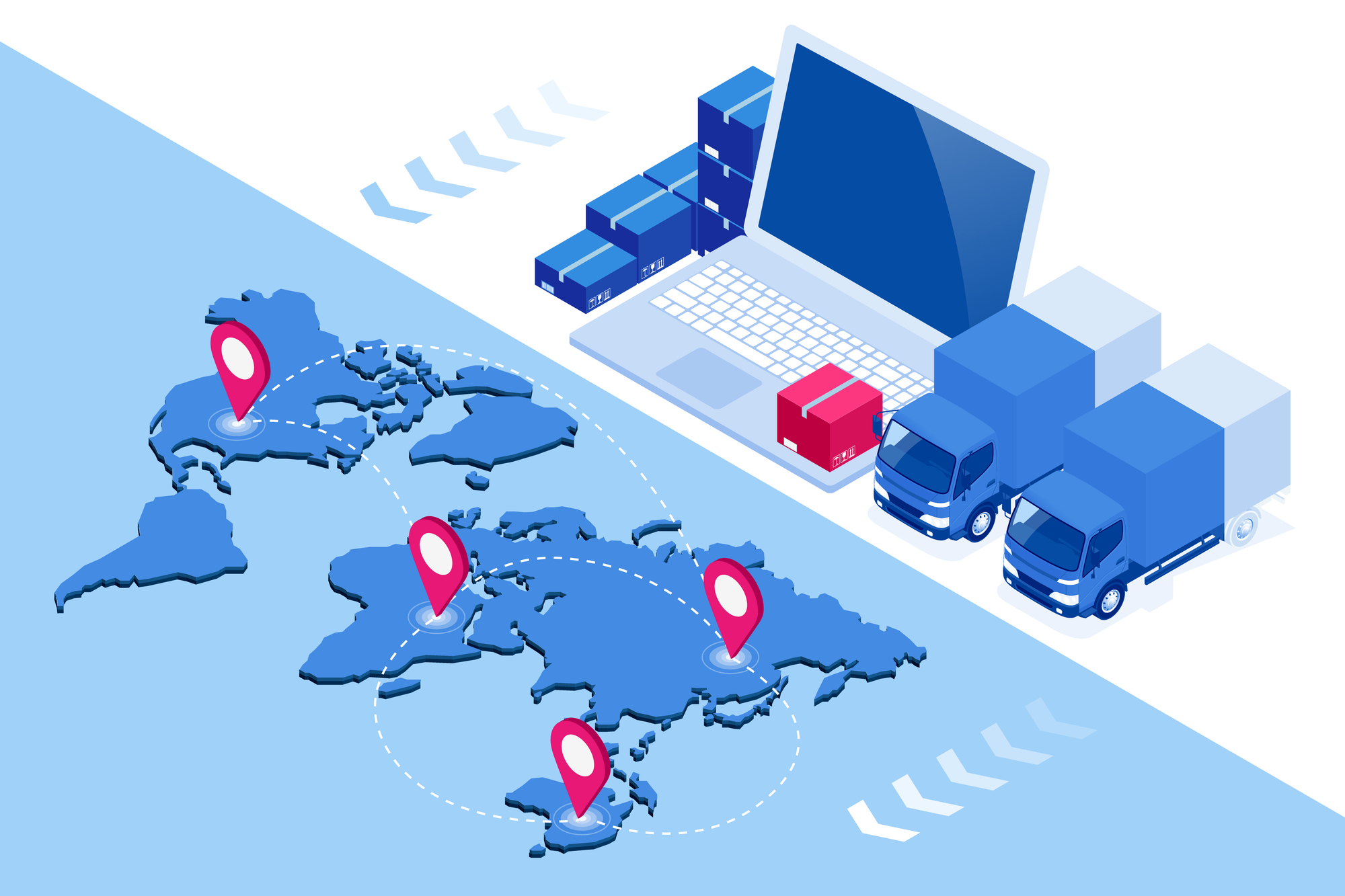Why You Need Fast Procurement
Now more than ever, time is of the essence. In fact, it might often feel like you need materials and supplies yesterday. Clunky purchasing processes slow down the rest of your operations and make it more difficult to meet demand in a timely manner. Fast procurement not only saves you valuable time and money, it also gives you long-term ROI by helping you remain competitive.
Understanding Procurement Efficiency
But what exactly does procurement efficiency look like? The simplest definition is that it’s the process of streamlining workflows to minimize unnecessary waste in the form of time, money, and resources, allowing you to invest all of those resources into other high-value activities. On a more practical level, procurement efficiency begins by evaluating your current processes and identifying inefficiencies, consolidating your supplier lists, and taking steps to standardize your processes.
However, maintaining procurement efficiency is often easier said than done. There are a host of challenges that your team might encounter during the journey to faster procurement. For example, siloed information is frequently a major issue—inaccurate or difficult-to-access data makes it hard to make informed decisions and track progress. On top of that, siloed data sharing across departments can create duplicated efforts and misalignment on key goals.
Outside of your internal team, there are also challenges completely beyond your control, like risk management and supplier management. Poor supplier performance negatively impacts procurement; similarly, unexpected fluctuations in prices and demand can disrupt even the best-laid procurement plans and budgets.
Lastly, the very tools that you might use to increase procurement efficiency can potentially create roadblocks. The reality is that implementing and integrating any new technology can quickly become complex, necessitating rounds of training. Additionally, it may be difficult to get employees and suppliers on board with new procurement systems and strategies.
Strategies for Improving Procurement Efficiency
Despite the challenges, procurement efficiency is not impossible to achieve. You can start seeing improvements to your procurement processes by taking the following actions.
Implementing Automation and Digital Tools
As we’ve mentioned, digitization can cause roadblocks to procurement efficiency if you’re not careful. But on the flip side, digitization done right is key to boosting better outcomes. Implementing automation into your processes helps save you time while also reducing room for error. It also introduces greater transparency into your team, so that everyone can access the data they need to be successful and stay in alignment with key goals.
Prioritizing Supplier Relationships and Strategic Partnerships
Another great way to tackle procurement inefficiencies is to make sure that you’re taking the time to develop excellent supplier relationships as well as strategic partnerships. Why? Strong supplier relationships help streamline procurement by fostering frequent and open communication, allowing you to identify and resolve issues much earlier. Better collaboration with your suppliers also means better forecasting and more informed purchasing decisions.
Streamlining Approval Processes and Reducing Bottlenecks
Next, it’s time to take a close look at your current approval processes and see if you can scale back the number of people or steps required to make a decision. This is an area where bringing in tools like engineering document management software (EDMS) can make a huge difference in cutting back the amount of bottlenecks you encounter, enabling you to move quickly and keep operations rolling smoothly.
Leveraging Data Analytics for Informed Decision-Making
Evaluate the data that you have and make sure you’re using tools that give you rich insight into critical metrics like supplier availability, purchase order cycle time, and vendor lead time. That way, you have the information you need to iterate on what’s working and remove what’s not.
Emphasizing Continuous Improvement and Adaptability
Last but certainly not least, remember to avoid becoming complacent. Your team should always be innovating and looking for ways to improve upon existing workflows. Additionally, you want to make sure that your systems have a certain level of flexibility. Market volatility, natural disasters, and other events that impact the supply chain can happen at a moment’s notice—adaptability is crucial to weathering unpredictable conditions.
Benefits of an Efficient Procurement Process
Once you’ve taken the necessary steps towards establishing a more efficient procurement process, it’s time to reap the rewards. Some of the benefits of improved procurement efficiency include:
- Cost savings and financial benefits: Procurement efficiency drastically reduces the probability of error, while also increasing your ROI.
- Enhanced supply chain resilience and risk management: With an efficient procurement process, you’re more able to endure the ups and downs of the supply chain and better prepared to face the inevitable risks that will come your way.
- Improved supplier relationships and customer satisfaction: Faster turnaround times mean happier suppliers and customers alike. And the happier your suppliers and customers are, the better your reputation and trustworthiness will be throughout the industry.
- Greater agility and competitiveness in the market: Increased procurement efficiency also translates into standing out from your competitors and operating with much more agility than you would with clunky, time-consuming procedures.
Introducing the Quiz: Assess Your Procurement Efficiency
If you’re not sure how efficient your facilities management is, take our quiz to find out. This quick assessment will show you areas for improvement as well as offer suggestions to optimize your resource allocation. Identifying strengths and weaknesses helps you streamline your processes, reduce costs, and make your goals achievable. On top of that, the quiz only takes three minutes to complete!
Although improving your procurement efficiency does require overcoming challenges like siloed information and change management, the benefits are too significant to ignore. When you implement automation, foster strong supplier relationships, streamline approvals, and leverage data for better decision-making, you achieve greater cost savings, enhanced supply chain resilience, and improved customer satisfaction.
What are you waiting for? Find out where your facilities management ranks!





